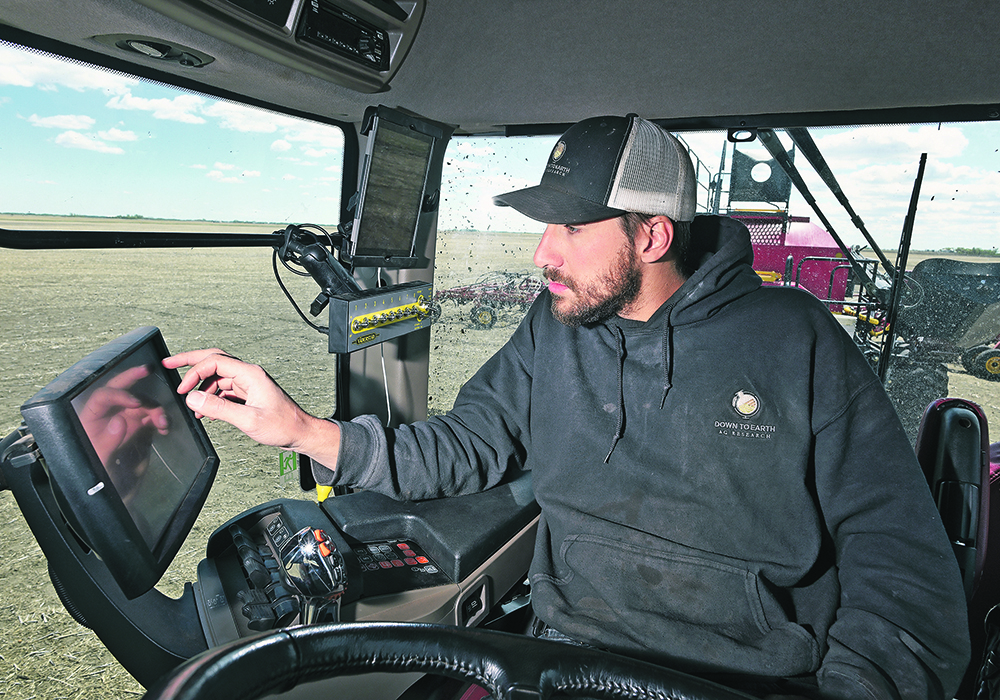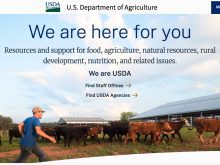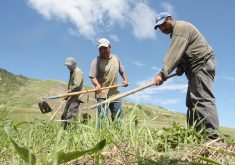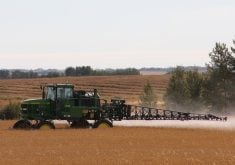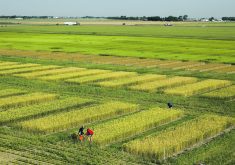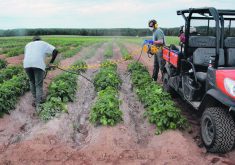Jennifer Wright knows Canadians have a distorted view of agriculture.
Her teenage son has told friends and teachers that he wants to pursue a career in ag and possibly become a farmer.
The response?
Mostly raised eyebrows and hostile questions. Such as, why would you want to do that?
“What he hears from his guidance counsellors and friends who live in the city… it’s quite a negative response that he gets,” said Wright, who lives in Ottawa and is the executive director of the Canadian Agricultural Human Resource Council.
Read Also
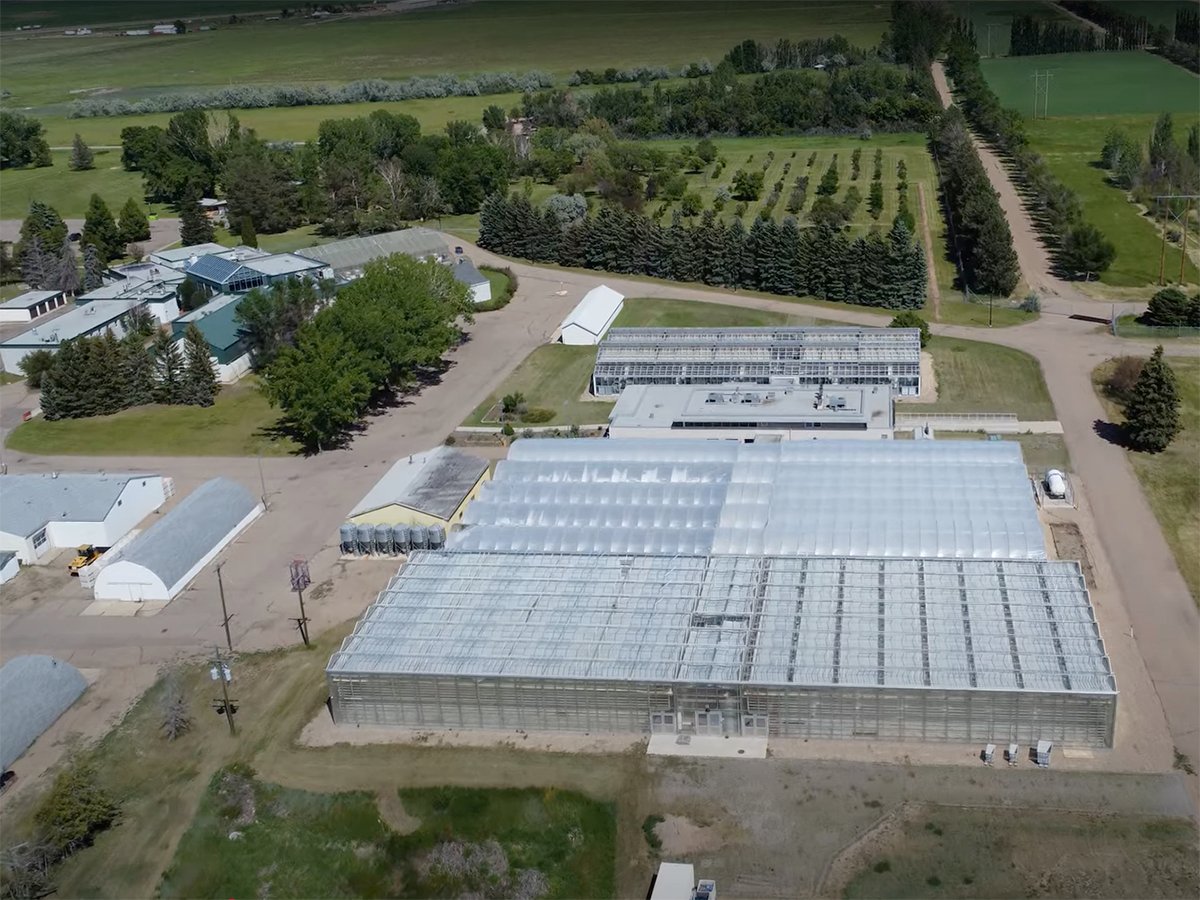
Alberta crop diversification centres receive funding
$5.2 million of provincial funding pumped into crop diversity research centres
“The image is still that overalls, pitchfork and a straw hat…. So, we do have a lot of work to do… to change that image.”
Many other leaders and employers in Canada’s agriculture and agri-food sector delivered a similar message to Agriculture Canada, which is working on an Agricultural Labour Strategy to address the shortage of workers.
By 2025, food and beverage manufacturing businesses in Canada could be coping with an “employment gap of up to 65,000 people,” CAHRC said in 2021.
CAHRC research has also found that Canadian farmers lost $2.9 billion in potential earnings in 2020, due to lack of labour.
Just before the May long weekend, Agriculture Canada released a report on the labour struggles within agriculture.
The report summarizes online surveys and submissions from industry groups. It’s a step towards Agriculture Canada’s labour strategy.
“(The) general sentiment was that there is a need to find ways to make the industry a more attractive place to work to both recruit and retain workers,” the report stated.
“(And) 50 percent of online questionnaire respondents indicated that competition with other sectors is further affecting their ability to attract workers.”
Wright, who grew up in southwestern Ontario and worked at her family’s farm equipment dealership, said negative perceptions are a persistent problem for the industry.
“It’s been an issue and a theme that’s come up, over and over again.”
CAHRC wants to know what Canadians who don’t work in agriculture think about the sector. To find out, CAHRC and the Canadian Centre for Food Integrity have hired IPSOS, the market research firm, to poll Canadians about their perceptions of agricultural jobs.
The findings are expected to be published this summer.
“We’re hoping that research gives us a bit of a baseline and some insight as how we can address the issue,” said Wright.
Another issue raised in the report was a reluctance to live in rural Canada.
Small cities and towns need high-quality amenities, like pools, recreation centres and places that sell lattes. If not, young people won’t take jobs in agriculture.
“Many (respondents) felt changing negative perceptions surrounding living and working in rural areas will create long-lasting benefits for the sector,” the report said. “Industry groups raised that improving services and infrastructure in rural communities would help tackle one of the main recruitment challenges — inability or unwillingness to move to a rural area.”
Unfortunately, changing perceptions of small towns and agriculture as a career is not something that happens overnight. It requires a sustained effort and a massive public relations campaign.
“Agriculture and agri-food has been identified as a key driver for sustainable economic growth at both the federal and provincial levels,” the report said.
“There is an understanding that the chronic labour shortages… are hindering the success of the sector and its ability to provide food to Canadians and the world.”
Agriculture Canada said its labour strategy is still in development.


